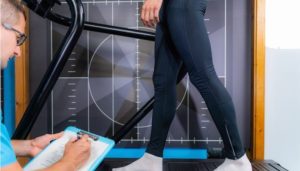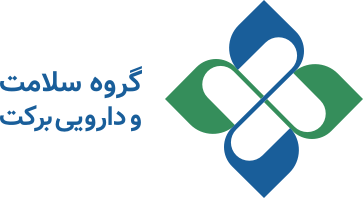
VR in Iran`s medical education: bright future, cost challenges and access needs
Barekat Health & Pharmaceutical Group: Virtual reality is a modern technology that has made significant impacts in various fields, including medical and surgical education, over recent decades. By creating simulated and interactive environments, VR allows for practical and experiential learning without the need to be in real-world settings.
Initially introduced as a tool for entertainment, VR quickly demonstrated its potential in scientific and educational fields. In medicine, VR enables students to gain practical experience without being in hospitals or medical centers.
By reducing educational risks and costs, VR has become one of the most important educational tools of the present century. In Iran, with notable advancements in information and communication technology, VR has been effectively utilized in medical and surgical education.
Benefits of using VR in medical education:
1. Creating Simulated Environments: VR provides the ability to create simulated environments where medical students and surgeons can practice their skills. These environments can replicate real hospital conditions and allow students to experience various clinical scenarios.
2. Cost Reduction: VR significantly reduces costs associated with equipment and consumables in practical training.
3. Improving Learning Processes: VR enhances learning through interactive and visual experiences. Students can strengthen their skills and gain confidence in real-world situations through repeated practice in simulated environments.
4. Increasing Safety and Reducing Risks: Students and surgeons can practice without the potential risks to patients, improving their skills in a safe environment. VR helps reduce the dangers associated with practical training in real settings.
5. Access to Unlimited Resources: VR allows students access to a vast array of up-to-date educational resources.
VR applications in Medical Education:
One major application of VR in medical education is anatomy and dissection training. Using VR programs, students can interact with 3D representations of human body structures, gaining a better understanding of anatomy. Various Iranian medical universities are utilizing this technology for anatomy education.
Additionally, VR facilitates clinical skills training. Medical students can use VR simulators to practice clinical skills such as physical examinations, performing medical procedures, and diagnosing diseases. These simulators help students enhance their skills in a risk-free environment.
Another critical application of VR in medical education is surgical training. VR surgical simulators allow surgeons to practice complex procedures and improve their skills. These simulators can recreate different surgical conditions, providing opportunities for experience and practice in various scenarios. VR also allows students and doctors to practice stress management and psychological readiness in high-pressure situations.
Successful Projects and Programs in Iran:
– Academic Projects: Various medical universities in Iran use VR technology for education. For instance, Tehran University of Medical Sciences utilizes VR simulators for anatomy and clinical skills training.
– Specialized Hospitals: Some specialized hospitals in Tehran and other major Iranian cities use VR for training doctors and students, offering unique opportunities for practice and learning through simulation departments.
– Technology Companies: Iranian tech companies are developing VR simulators for medical and surgical training. Companies like Novaran Salamat Hoshmand provide VR programs and simulators to universities and medical training centers in Iran.
– Startups: Iranian startups are developing VR software and equipment, offering innovative and local solutions to reduce costs, increase access to technology, and enhance the quality of medical education.
– International Collaborations: Some Iranian universities and medical training centers collaborate with international companies on VR projects. These collaborations help transfer global knowledge and experiences, improving the quality of medical education in Iran.
Challenges & issues with VR Implementation:
– Technical Challenges: Issues related to the development and implementation of VR technologies, such as the need for advanced equipment and specific software, can hinder VR project execution.
– High Costs: The high costs of VR equipment and software development can be a major obstacle. Securing necessary financial resources for VR projects can be a significant challenge.
– Cultural Acceptance: Resistance from some students and faculty towards new technologies can slow down the adoption of VR. Cultural and attitudinal shifts are needed to embrace these technologies fully.
– Technological Infrastructure: The need for suitable infrastructure, such as high-speed internet and advanced equipment, is another challenge in using VR in medical education in Iran.
Strategies for VR Development:
– Securing Financial Resources: Collaborating with government bodies, international organizations, and private companies to secure funding can address financial challenges.
– Education and Awareness: Raising awareness and educating students and faculty about the benefits and applications of VR can facilitate cultural acceptance and attitude change.
– International Collaboration: Partnering with international companies and universities can help transfer knowledge and experience, enhancing the quality of medical education in Iran.
Future of VR in Medical Education in Iran:
Given the ongoing advancements in technology and the growing interest of educational institutions in modern tools, the future of VR in medical education in Iran looks promising. It is expected that with reduced costs and increased access to VR equipment and software, the use of VR will expand across educational and medical centers nationwide.
Conclusion:
VR, with its simulated and risk-free environments, is recognized as a crucial and effective tool in medical and surgical education. This technology, by creating interactive and immersive environments, offers practical and experiential learning opportunities for medical students and surgeons.
In Iran, despite challenges, significant progress has been made, and educational and medical centers are leveraging VR to improve education quality and reduce costs. Given the notable advancements in information and communication technology and the high potential of VR, its use in medical and surgical education is anticipated to grow and play a significant role in transforming medical education in Iran.
-
Barekat Health & Pharmaceutical Group at the 10th Iran Pharma Exhibition
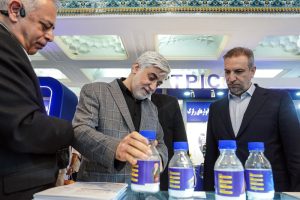
-
Ali Safa visits Sobhan Oncology & Sobhan Darou
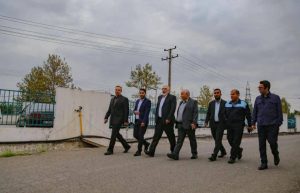
-
Pirsalehi & Safa visit Saman Daroo 8 Knowledge-based Company
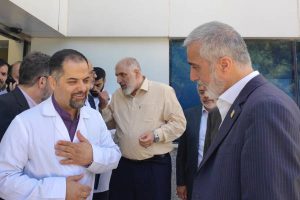
-
Barekat Managing Director Visits Samen Pharmaceutical Company
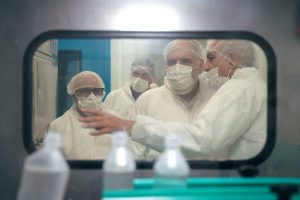
-
Honoring Pharmacists’ Day
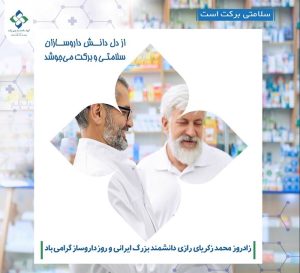
-
Barekat Top Executives Visiting to Barekat Hospital
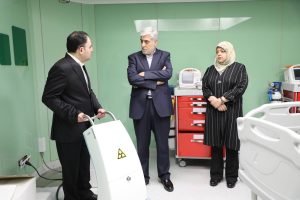
-
Alborz Darou honored as Top Exporter of Qazvin Province in 2024
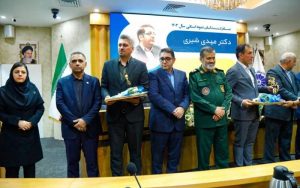
-
Footsteps & Gazes of Disease: A Revolution in Early Diagnosis
